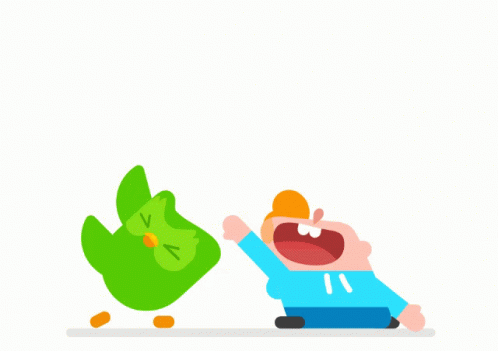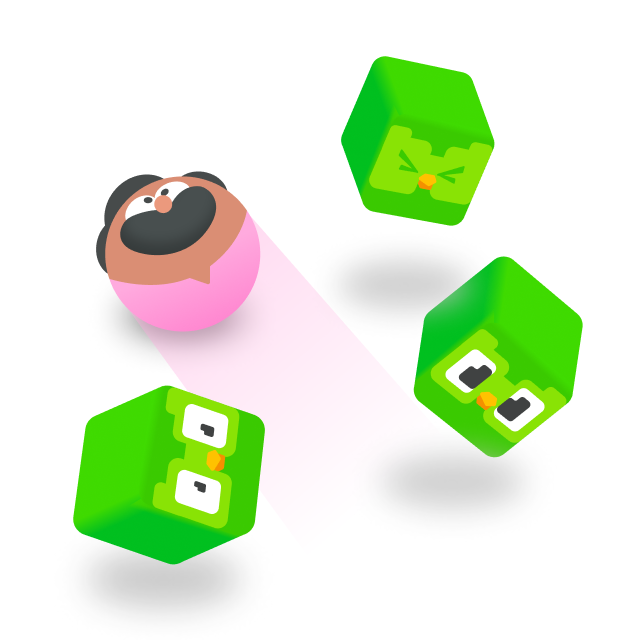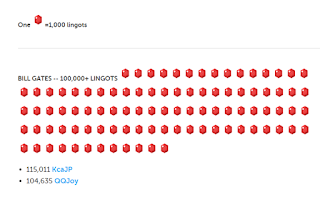
Later units in the beta version include division, fractions, area, rounding, angles, and minutes and hours. Users start with the multiplication unit and are asked to add together 3s, 5s, 7s and 6s, sum the number of blocks in pictures and use their finger or a stylus to draw the answer to several multiplication problems. The beta version of the app-which prospective users can sign up to test-is more pared down than the language app, with fewer bells and whistles.

It’ll be a little different because it won’t be trying to teach you the concepts.” “There’s a good market for adults who want to just stay sharp and practice their math skills,” von Ahn said. The same basic math content will be delivered to adults via a brain training course within the app. Users of the free version will be served an ad at the end of each lesson while those who pay for a monthly or annual subscription can use the app ad-free. The company does not have plans to monetize the new app yet, but von Ahn expects that it will eventually work similarly to the language app. It will rely on word-of-mouth marketing-the same approach it took the first time around. People take four years of French in high school and essentially have nothing to show for it.”Ĭhildren will be the target audience for the third and fourth grade curriculums, though the company has no plans to partner with schools. But this is also true if you take language classes in high school.

“If you used Duolingo for two months and you feel like you didn’t learn a language-yeah, you didn’t. “Learning a language takes years, period,” von Ahn said. Von Ahn counters that one could lob the same complaints at high school or college language courses. Similar criticisms could crop up from the app’s math students. Von Ahn hopes the game-like feel will keep learners interested.ĭuolingo has been criticized by users who complain the app doesn’t teach useful phrases, that the repetitive exercises become dull and that they ultimately don’t learn enough to use their new language skills in any real-world context. About a quarter of kids hate or dislike math, and about a third are indifferent toward it, according to a 2018 survey from Texas Instruments, maker of the ubiquitous graphic calculator.

Math gets a particularly bad rep, especially among adults who struggle with the subject, but also among some kids. “So we can reuse a lot of the Duolingo mechanics and a lot of the Duolingo smarts.”īuilding a fun, successful math curriculum could be a challenge. “Upper level math requires hard to understand concepts, but a lot of the elementary school math is just if you just repeat it a gazillion times, you get good at it,” von Ahn said.


 0 kommentar(er)
0 kommentar(er)
